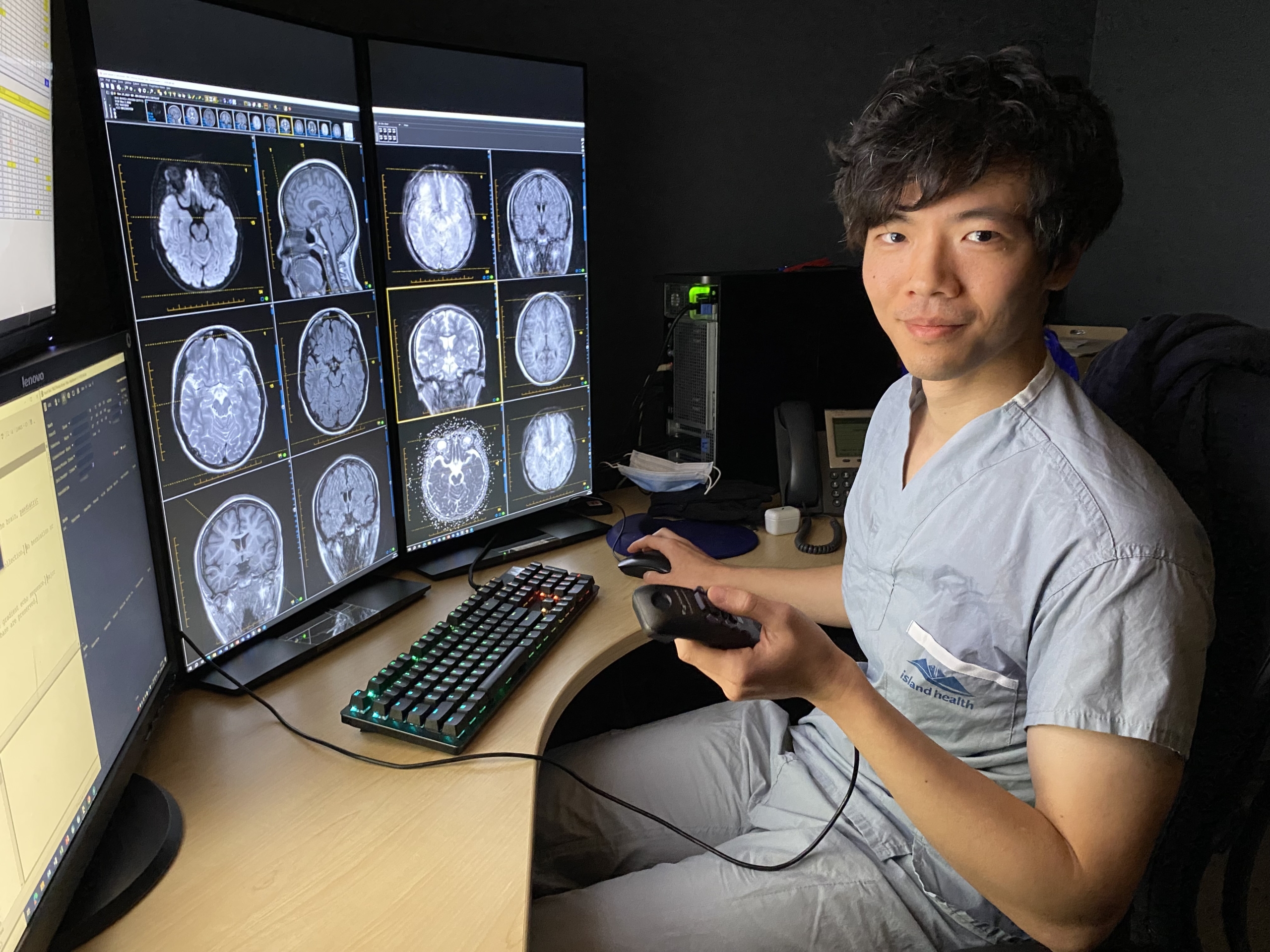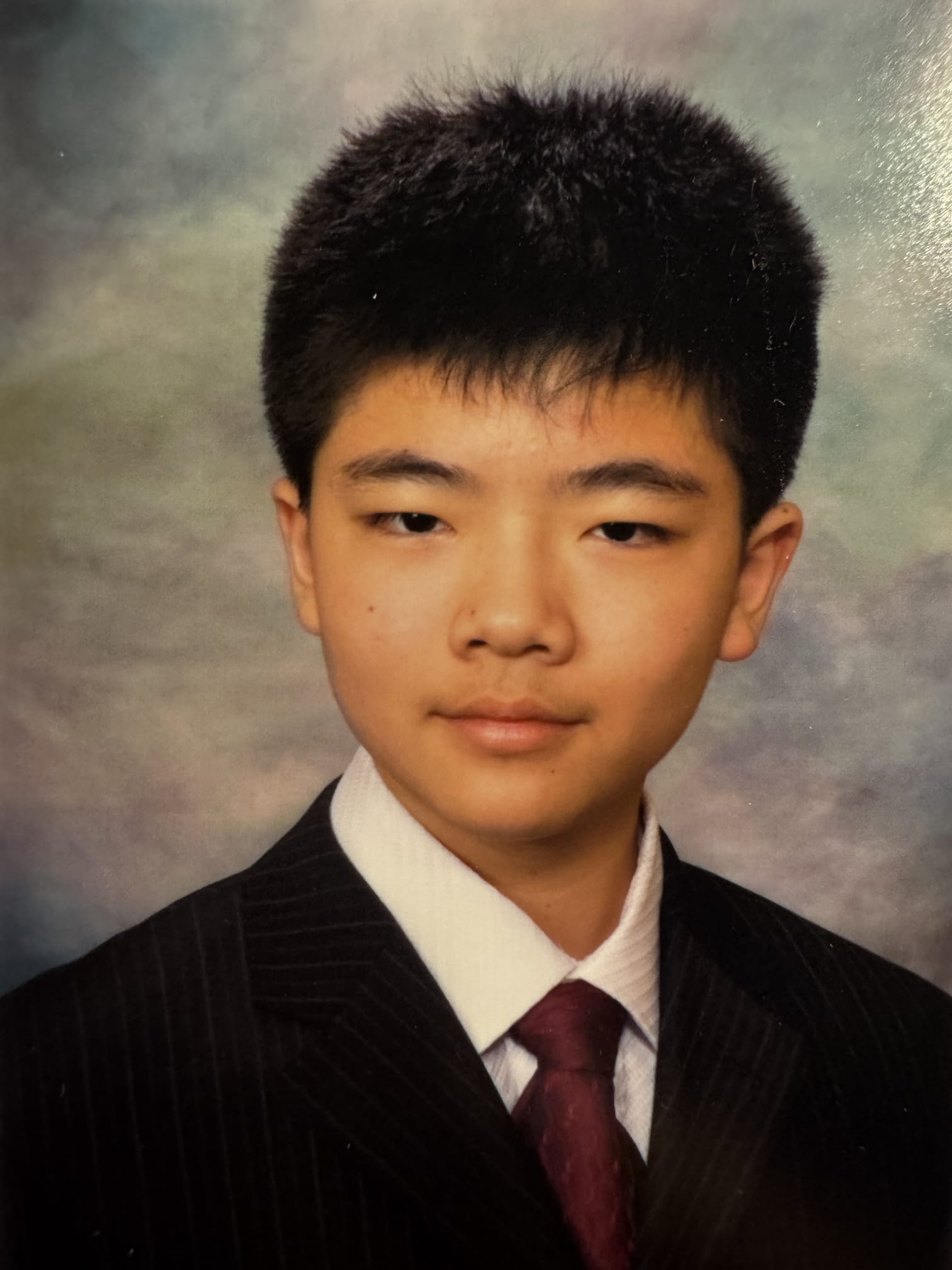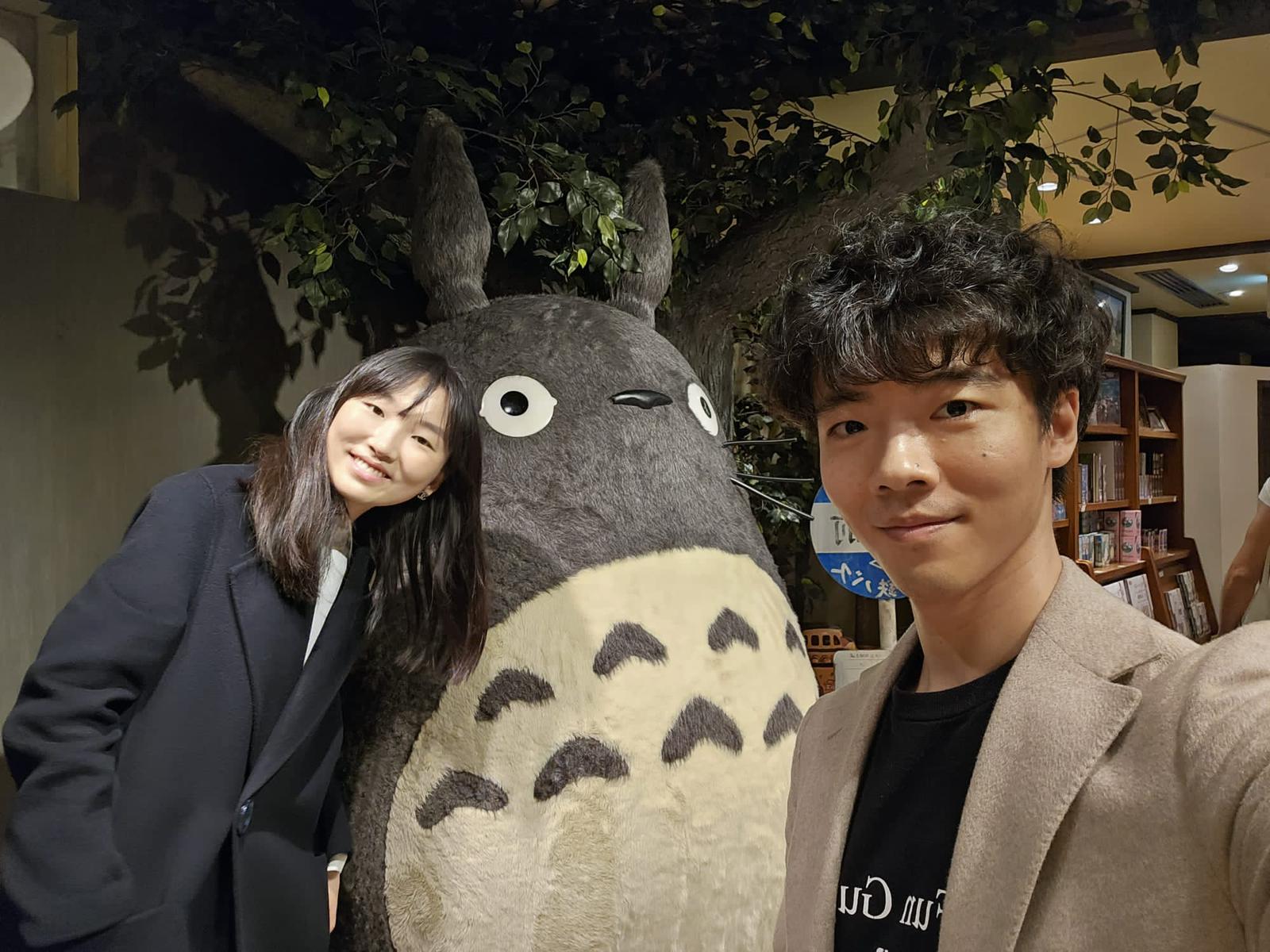
Dr. Jeffrey Hu:
Radiologist, son, husband, dog-dad, NFL fan, human
Not a lot of people go into medicine thinking, “I want to be a radiologist.” I had no idea what I wanted to do, and remember being about halfway through medical school and asking friends who had gone through the process of choosing a speciality if they had any advice. A couple of those I spoke with were radiology residents, who pointed me towards radiology projects, so I signed up. I enjoyed the work, but even more so the people I worked with and I haven’t looked back.
The scope of patient care in radiology is broader than I think most people realize. On the diagnostic side, we work with many different forms of imaging, from X-ray to ultrasound to CT to MRI, and more. On the procedural side, we perform a wide variety of imaging guided procedures from walk-in spine injections to high-risk general anesthesia stroke intervention.
Throughout my career, everything’s been about people, and I found that in radiology. I get to work with my colleagues in every other specialty in a way that very few others do. We also work closely within our department, amongst ourselves as radiologists, and with our other colleagues like technologists, nurses, and clerks. It’s a large and vibrant department. As radiologists, we’re consulting each other on cases, getting feedback, and learning from each other.
Some days at work I’ll only see my colleagues, while other days I’ll see dozens of patients, whether it’s to perform procedures, to scan patients myself, or consulting with a patient who has an urgent situation discovered on imaging and needs guidance on next steps.
It’s important to be able to separate yourself from a case and be present for the next patient—and when outside of work—but I don’t mind taking things just a little bit personal when it comes to work, because it matters so much for the patients we care for. If you care that much, it shows through.
Radiology has opened up some fun experiences. In 2019, I moved to Philadelphia for a year for fellowship, working with a number of professional sports teams including the NFL Philadelphia Eagles. I started following the team almost as a professional obligation, and fell in love with the team, the culture, and how I could connect with so many people through the game. All the athletes I worked with care deeply about what they do, getting better, and it’s a really interesting patient population to be involved with. I’m still a fan.
I think some people view moving somewhere as sort of losing something, whereas for me, it’s always gaining a new perspective and a new home, and it was nice to find that in Philadelphia.
“In 2019, I moved to Philadelphia for a year for fellowship, working with a number of professional sports teams including the NFL Philadelphia Eagles. I started following the team almost as a professional obligation, and fell in love with the team, the culture, and how I could connect with so many people through the game.”
“I feel very lucky that I was able to find a passion I wanted to pursue, and had the opportunity to pursue this goal and this career that I really love, regardless of where I was life-stage or age wise.”
I finished high school when I was 14 and university when I was 18. It didn’t feel that special since it’s the only path I’ve experienced. I had applied for an accelerated public school program. There were about a dozen kids in my class in Vancouver, and over two years we worked through high school. I have the most supportive parents in the world, and I was too young to qualify for residence on campus so going to the University of British Columbia and studying microbiology while living at home with my family, made sense.
At UBC, I was almost always the youngest person in the class, and even when I wasn’t, I had a different perspective because of the path I took from fairly early on. For a while it was a bit of a chip on my shoulder, and it took some time to find my own confidence. I stayed at UBC for medical school and came to the Island Medical Program here in Victoria. I feel very lucky that I was able to find a passion I wanted to pursue, and had the opportunity to pursue this goal and this career that I really love, regardless of where I was life-stage or age wise.
I’m 33 now and still am regularly told I look too young, mostly by patients, and I certainly got that when I was on campus at 14 and 15. I still had a great time in university, met good friends, and had that same kind of formative university experience. I always felt so many of my peers were smarter than me, harder working than me, and talented in so many ways. It keeps you humble, I guess, trying to match up to all the amazing people around you.
I’ve never thought of myself as stylish or fashionable! When I’m at work, I dress for what I need to do, so I’m most often just in scrubs. When I’m interacting with patients, I think my understanding and expertise has to shine through, more than what I’m wearing.
Outside of work, being on the West Coast, I try to find balance with something that’s casual but dressed up a bit, if I can. What I wear is heavily influenced by my wife, Yuhan. She doesn’t say, “You should wear this;” it’s more subtle, like encouraging me to explore, and giving me positive feedback when I do.
We met on campus at UVIC; Yuhan and I have been together about a decade and have been married for five years. I was in medical school, in the Island Medical Program, and she was finishing her undergraduate double major in math and physics. It’s nice when people say I do interesting work, but my wife is the real brains in the family. As part of our training as radiologists, we need to understand some of the physics behind the imaging that we do, which was quite difficult, at least for me. During school there was one formula that I was struggling with. Yuhan took a quick glance and said “Hey, I think I did that back in undergrad. Let me prove the formula for you.” She’s amazing.
We’ve been back in Victoria about four years, and we’re really settling in. We love spending time with friends, old and new, and getting together for a nice meal. We have a two year old dog: her name is Hua Juan, which is a bit of a pun in Chinese. It means colourful and curly, but it’s also the name of a steamed bun with twists. She’s a standard size Labradoodle, so she’s about 60 pounds, very rambunctious, and a joy to spend time with. My wife and I have a lot of fun with her, going wherever we can together.
As I was going through my training, Yuhan and I always talked about if there was an opportunity to come back to Victoria, we’d always be interested. Victoria is amazing. People tend to watch out for each other: our community in our department, in our medical community, and also our community at large, including our patients. It means a lot to be a part of that.
“Yuhan and I have been together about a decade and have been married for five years. I was in medical school, in the Island Medical Program, and she was finishing her undergraduate double major in math and physics. It’s nice when people say I do interesting work, but my wife is the real brains in the family.”
They are humans first, who put other humans first.
More than 8,900 caregivers and staff work around the clock in our Victoria Hospitals
#HumansFirst is dedicated to sharing the stories from behind our hospitals’ frontlines. These stories remind us that those who provide care and keep the lights on in our hospitals also have lives outside of them. They have family and friends, they enjoy hobbies and interests, and they have all lived through their own personal triumphs and heartbreaks. Like all of us, they are human, and they have a story to tell.






